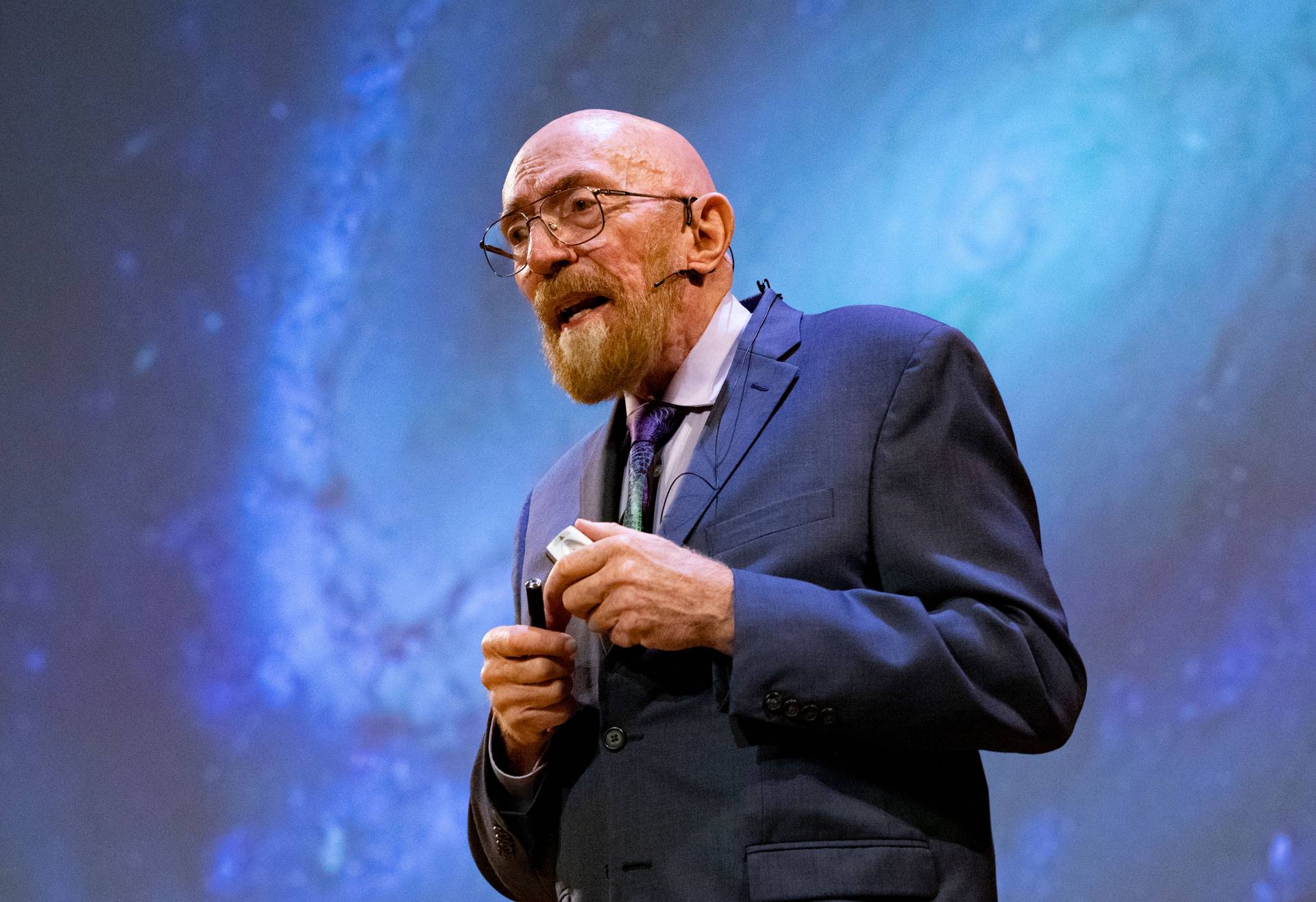By Futurist Thomas Frey
Why Kip Thorne’s Thought Experiment Changes Everything
Nobel laureate Kip S. Thorne once posed a deceptively simple question that haunts futurists and physicists alike: “A thousand years from now, what things will be possible and what things will not?”
It’s a fascinating framework for separating the merely difficult from the genuinely impossible, the achievable from the fantasy, the problems we’ll eventually engineer our way past from the constraints that physics itself enforces. Most people conflate “we can’t do it now” with “it can’t be done.” Thorne’s question forces us to think harder.
A thousand years is long enough that almost any engineering challenge becomes solvable if physics permits it. It’s short enough that the fundamental laws of the universe won’t change. The question strips away our current technological limitations and asks: what does physics itself allow, regardless of how difficult the engineering might be?
The answers are both more liberating and more constraining than most people imagine. We’re building our future based on assumptions about what’s possible that may be completely wrong—either wildly optimistic about things physics forbids, or tragically pessimistic about things physics permits but we haven’t figured out yet.
Getting this distinction right matters enormously, because we invest resources, make policy decisions, and shape civilization around beliefs about what tomorrow can and cannot hold.
Continue reading… “The Thousand-Year Question: What Separates Science Fiction From Physical Impossibility?”

